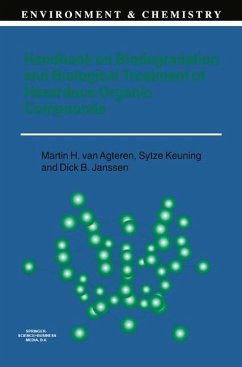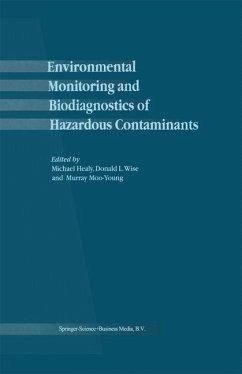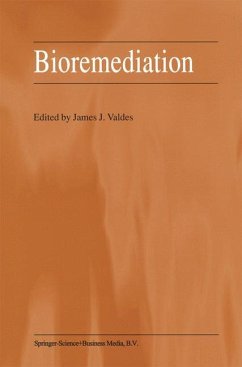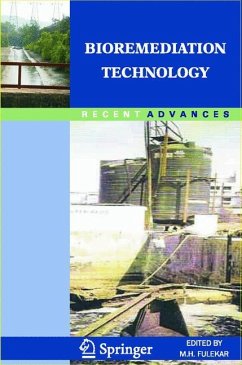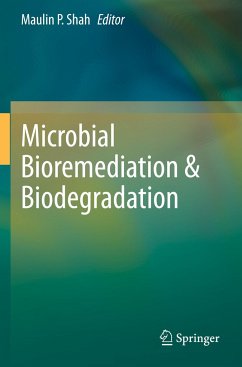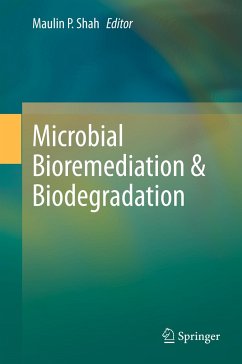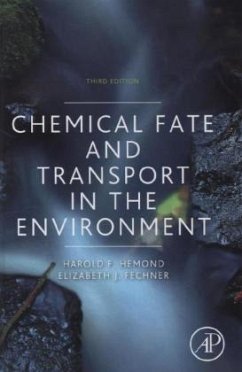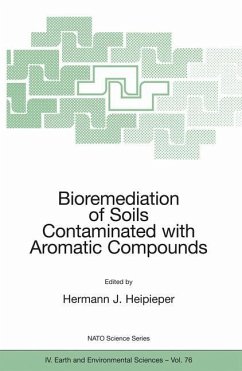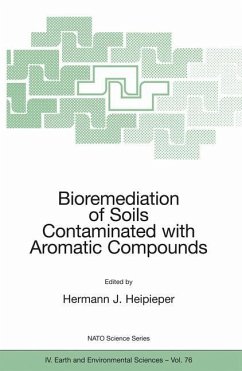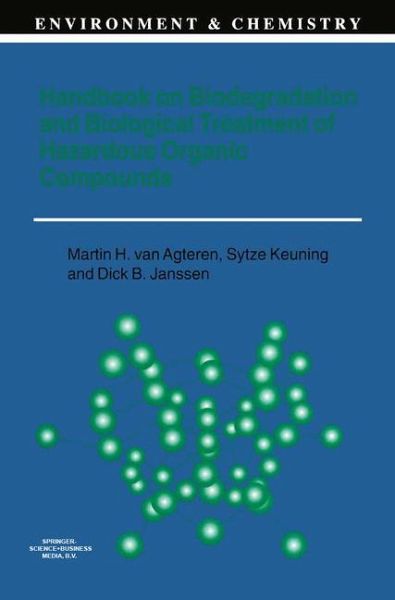
Handbook on Biodegradation and Biological Treatment of Hazardous Organic Compounds
Versandkostenfrei!
Versandfertig in 1-2 Wochen
229,99 €
inkl. MwSt.
Weitere Ausgaben:

PAYBACK Punkte
115 °P sammeln!
The introduction of synthetic organic chemicals into the environment during the last few decades has given rise to major concern about the ecotoxicological effects and ultimate fate of these compounds. The pollutants that are considered to be most hazardous because of their intrinsic toxicity, high exposure level, or recalcitrant behavior in the environment have been placed on blacklists and other policy priority lists. The fate of synthetic compounds that enter the environment is mainly determined by their rate of biodegradation, which therefore also has a major effect on the degree of bioacc...
The introduction of synthetic organic chemicals into the environment during the last few decades has given rise to major concern about the ecotoxicological effects and ultimate fate of these compounds. The pollutants that are considered to be most hazardous because of their intrinsic toxicity, high exposure level, or recalcitrant behavior in the environment have been placed on blacklists and other policy priority lists. The fate of synthetic compounds that enter the environment is mainly determined by their rate of biodegradation, which therefore also has a major effect on the degree of bioaccumulation and the risk of ecotoxicological effects. The degree and rate of biodegradation is also of critical importance for the feasibility of biological techniques to clean up contaminated sites and waste streams. The biodegradation of xenobiotics has thus been the subject of numerous studies, which resulted in thousands of publications in scientific journals, books, and conference proceedings. These studies led to a deeper understanding of the diversity of biodegradation processes. As a result, it has become possible to enhance the rate of degradation of recalcitrant pollutants during biological treatment and to design completely new treatment processes. At present, much work is being done to expand the range of pollutants to which biodegradation can be applied, and to make treatment techniques less expensive and better applicable for waste streams which are difficult to handle.





